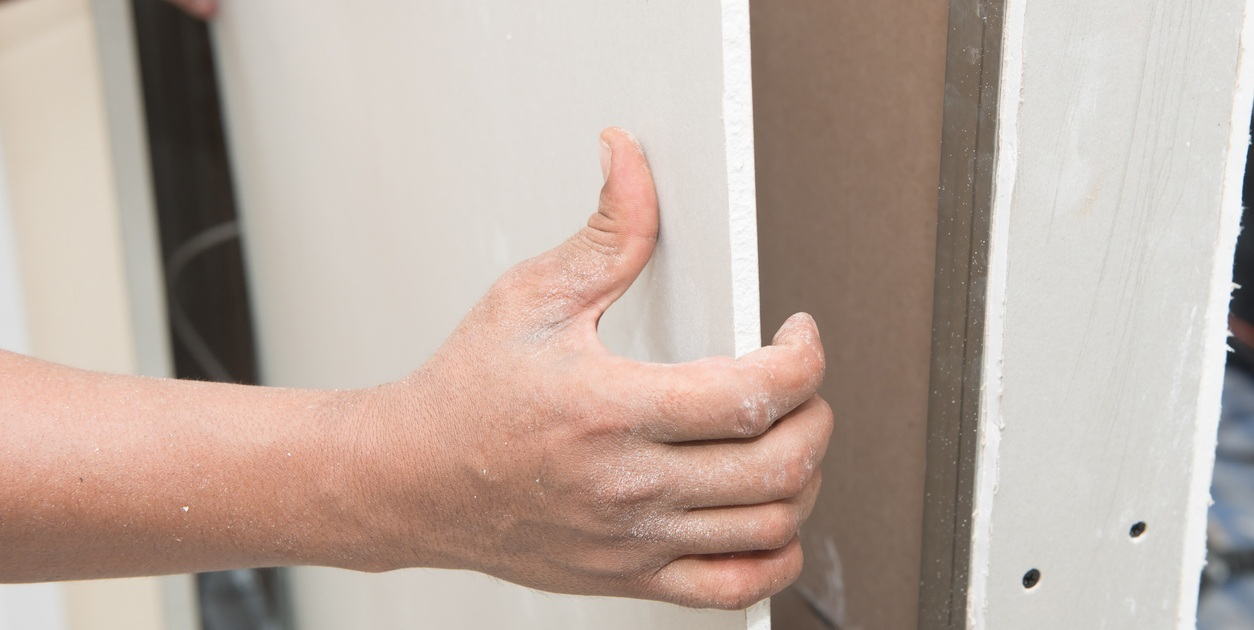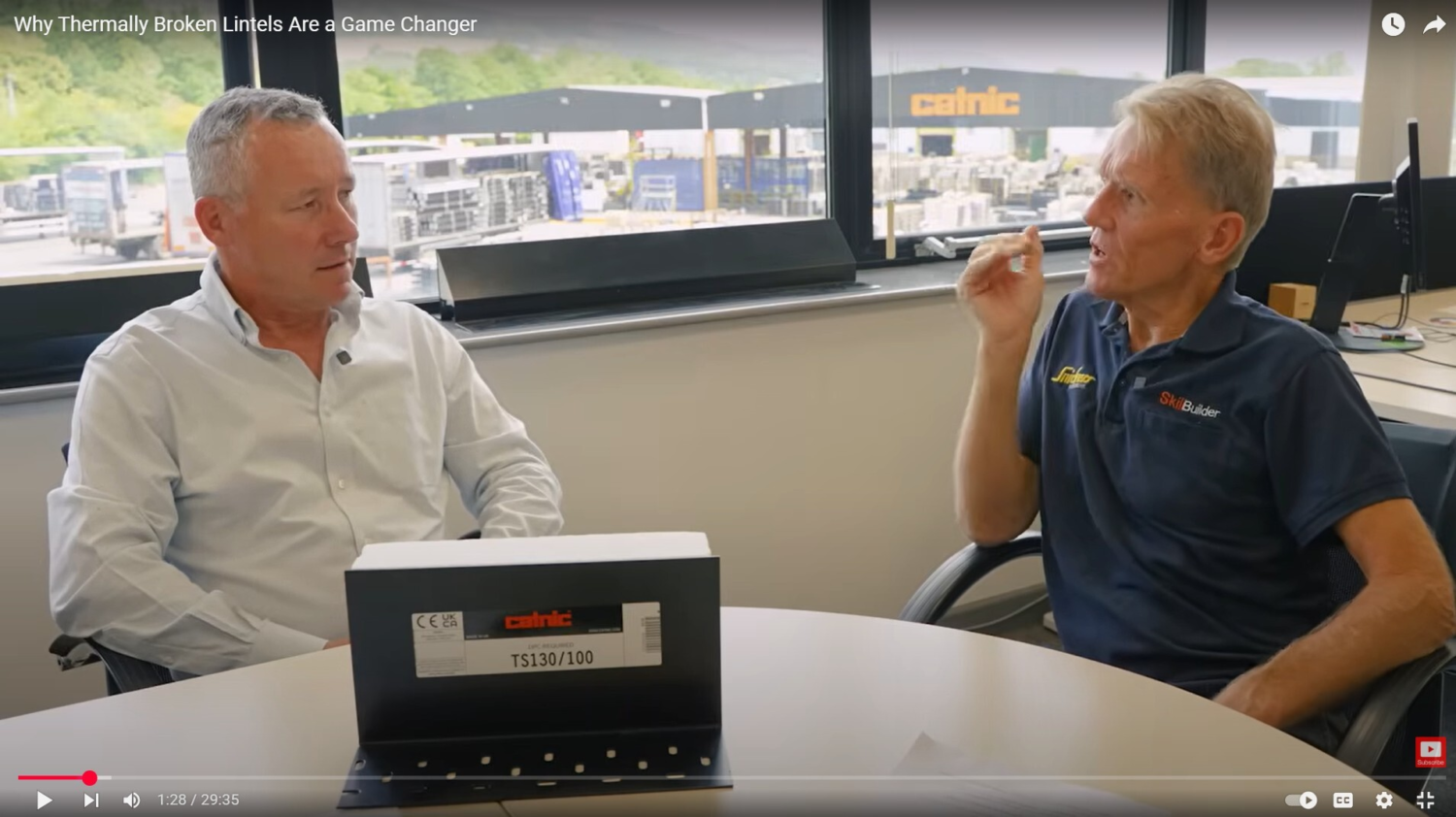With our planet in the throes of a climate emergency, the built environment and the construction industry have, unsurprisingly, come under great levels of scrutiny. This has increased the desire for change, with clients, developers, and architects keen to reduce, reuse, and recycle.
If such positive transformation is to be realised, then there must be a fundamental change in how people view construction products; to reverse our modern-day ‘throw-away’ attitude and to re-think the way that we are currently using our materials. This will require a transition from a linear to a circular economy, with the value of materials being maintained.
More specifically, we should be looking to reduce, reuse, remanufacture, and recycle products. Read on to discover how the 4 r’s apply to steel.
What are the four R’s?
As mentioned, the concept of the four R’s applies to the reduction, reuse, remanufacture and recycling of materials and products for environmental benefit. The adoption of these methods should minimise the production of waste, ensure the smart use of resources, and help in the maintenance of environmental sustainability. Let’s look at how the 4 R’s apply to the types of steel construction products offered by Catnic.
Reduce – How can waste levels and energy consumption in steel manufacturing be reduced?
The first and most preferred option is to reduce the generation of waste. This can be achieved through the reduced use of resources and products. Looking specifically at building construction, it means taking care of the choice and application of products, and where they are sourced. If fewer products are used then there’ll be less demand on resources for collection, transportation, and disposal.
Durable and long-lasting products should be chosen as a priority. In addition, working with product manufacturers who are committed to reducing their environmental impact will ensure the products you source have lower embodied carbon. Catnic have successfully reduced Scope 1 and 2 CO2 emissions by nearly 70% in 2024, and are the only steel lintel manufacturer in the UK to commit to being NetZero by 2030.
How does steel help with reduction?
Catnic’s steel one-piece cavity wall lintel simplify scheduling and installation, providing structural support and closing the cavity. These lintels include integral insulation to minimise thermal bridging, with thermally broken versions offering low psi values for energy efficiency enabling architects and contractors to reduce the amount of steelwork or concrete solutions needed on a residential project. Such strong steel elements can be installed without any compromise of structural quality or performance.
The use of steel can also result in other construction project savings. This can reduce the need for concrete solutions – the most widely used man-made material in existence and often criticised for its lack of circular economic ‘capability’. It can also minimise the reliance on transport to deliver the building materials – a key consideration given that 25% of all road traffic is presently construction-related.
Reductions can also be made in the ‘in-use’ phase of a building. Here, steel can provide an excellent base for renewable energy solutions, including integrated photovoltaics with the use of Catnic’s Urban roofing and bonded solar panels such as Catnic’s SolarSeam which both harvest solar energy and help to reduce non-renewable energy consumption.
Reuse – How can you reuse the material or product?
You can reduce your environmental impact and save money in finding alternative uses for products, instead of throwing them away. There should also be a focus on extending the life of products and keeping them within the circular economy.
The reusability of steel
This is an area of significant opportunity for steel – particularly within the construction industry. Imagine a building where, once it reaches the end of its life, rather than being demolished and sent to landfill, the structural components can simply be removed or disassembled and reused elsewhere, further extending each product’s life cycle.
An example of this is Fokker 7|8, a new distribution centre in the Netherlands and the first cradle-to-cradle optimised logistics building in the world. Catnic's parent company, Tata Steel, worked together with Delta Development Group, fortune’s top Eco-innovator Zagariasse, to design the 100% circular distribution centre, with the predominant focus being to ensure the ability to reuse materials and components many years down the line.
Even relatively simple design changes can offer great opportunities for reuse, such as working almost exclusively with bolted or screwed connections - as opposed to welded connections - in the main steel supporting structure. As a result of the collaboration, all building material data was subsequently captured in a materials passport.
This idea of a materials passport was first developed by Thomas Rau, a Dutch architect, who has been working to build a public database of materials in existing buildings and their potential for reuse, stating that “we have to start thinking of buildings as material depots.”
Remanufacture – Are you able to remanufacture the product?
In a similar vein to reusing materials, remanufacturing means to rebuild and utilise a previously used, worn, or broken product/material.
How can steel be remanufactured?
Thanks to steel’s innate durability, many steel products are also well-suited to being remanufactured – a method of restoring used products to a like-new condition. Offshore energy is one industry segment where remanufacturing is of particular value.
Remanufactured turbines can help keep wind farms at peak capacity long beyond their designed lifetime and almost double the return on original investment, potentially extending turbine life by up to 20 years.
Recycling – Are you able to efficiently recycle any waste material?
Recycling is one of the most prominent parts of the 4 R’s. It’s the process of gathering otherwise unused, discarded materials and repurposing them for future use.
Steel and recycling
The final R is where steel really shines – excuse the pun. Indeed, steel is said to be the most recycled material in the world, with around 630 million tonnes of steel scrap recycled every year. With the construction industry said to be responsible for generating up to 60% of the UK’s total waste, a building material with such a well-established recycling process is a valuable part of the industry and a crucial part of achieving a circular economy.
What’s more, steel is perhaps one of the few materials that can effectively be upcycled, being used to produce a product of higher strength or capability than its original form – unlike downcycling, which could be seen as moving the product or material one step closer to landfill. Indeed, given the ultimate aim of the Circular Economy is to keep materials in the economic cycle, downcycling should be avoided where possible.
If we look at present practice in construction, it is evident that there is still a long way to go. Even in a top recycling country like the Netherlands, of the 24 million tonnes of construction waste per year, 90% is stone and concrete, with 97% of this downcycled into low-grade base material for roads and only 2% being recycled back into granulate for concrete.
Read more: Cradle to cradle: The recyclability of steel
Commit to the 4 R’s with Catnic
Now you should have a better idea of how to enhance your eco-friendly approach through the adoption of the 4 R’s. You can be confident in the support of Catnic, as we continue to focus on the development of sustainable products. This is most obvious across our range of standard and thermally broken lintels. Manufactured from highly durable galvanised steel, these lintels are suitable for re-use provided that they haven’t been damaged. Made to stand the test of time, they will enhance energy efficiency, saving you money and benefitting the environment.
Show your environmental commitment in choosing from the Catnic lintel range.
More
-
![]()
- Plaster Bead & Mesh
- Guide
How to Fix an Angle Bead to Plasterboard
-
![]()
- Lintels
- Guide
Why thermally broken lintels are a game changer


